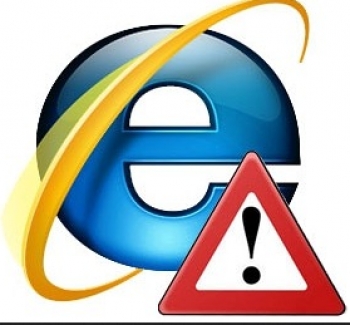

- Microsoft has enabled security defaults upgrade#
- Microsoft has enabled security defaults plus#
- Microsoft has enabled security defaults free#
- Microsoft has enabled security defaults windows#
Use Azure AD Conditional Access to prompt users for multi-factor authentication during certain scenarios or events to fit your business requirements. For more information, see secure Microsoft 365 resources with multi-factor authentication.įor customers with Azure AD Premium P1 or similar licenses that include this functionality such as Enterprise Mobility + Security E3, Microsoft 365 F1, or Microsoft 365 E3:

Microsoft has enabled security defaults upgrade#

Microsoft 365 Business, E3, or E5įor customers with Microsoft 365, there are two options:
Microsoft has enabled security defaults free#
So how does your organization turn on MFA even for free, before becoming a statistic? Free optionĬustomers who are utilizing the free benefits of Azure AD can use security defaults to enable multi-factor authentication in their environment. However proper security if Powershell is import using GPO, auditing, etc.There are multiple ways to enable Azure AD Multi-Factor Authentication for your Azure Active Directory (AD) users based on the licenses that your organization owns.īased on our studies, your account is more than 99.9% less likely to be compromised if you use multi-factor authentication (MFA). This is really more of an identity, authentication, authorization risk to mitigate, not a PowerShell.
Microsoft has enabled security defaults windows#
The can connect to Exchange Online and if MFA is required on their cloud account then a browser pop up windows will appear to prompt the user for MFA to their Authenticator app, then PowerShell connects to the cloud service. If the user elevated account has MFA enabled already then remote powershell to the server and or RDP to the server and running powershell has already fulfilled the MFA requirement during the initial authorization and is part of the users Kerberos Token.Ī different example is user logs on to win11 as a normal user, but has Exchange Online office 365 permissions. User logs onto a win11 desktop with an account that has local admin on a SQL cluster of 3 servers.

The question is the initial authentication and authorization of a user is where the MFA should occur. So MFA for Powershell doesn’t really make sense, in the context that your talking about. I'm sure there is a way to force that, but now you will be required to use MFA anytime you run as admin. TL DR - No MFA for PowerShell, unless you have to run it as admin and your admin escalation is tied to it MFA.
Microsoft has enabled security defaults plus#
evtx file (you are logging your PowerShell usage, right?) to look for anomalies like suspicious account activity, long commands, base 64 encoding, plus more. This tool parses your event viewer directly or can hit an. If you don't have a SIEM/EDR setup for detecting suspicious PowerShell usage, you can also use DeepBlueCLI by Eric Conrad. Unfortunately, the impetus is on you to figure out what that is. In addition to that, if admins or helpdesk type people need access to do tasks on certain systems or use specific modules, you want to limit what they can access using Just-in-Time / Juest-Enough-Access Įven with that, you should enable logging on all PowerShell cmdlets and audit them or even send to a SIEM or what have you to alert on suspicious activity. Several others have mentioned that you can revoke access to non-admin users, this would normally be done via Group Policy.


 0 kommentar(er)
0 kommentar(er)
